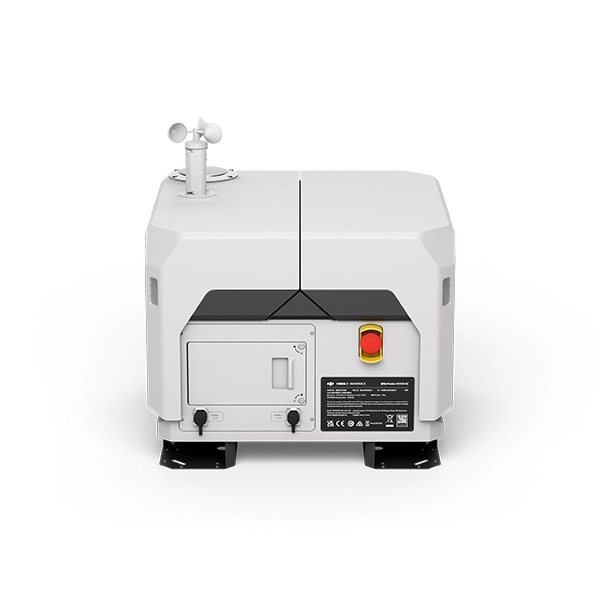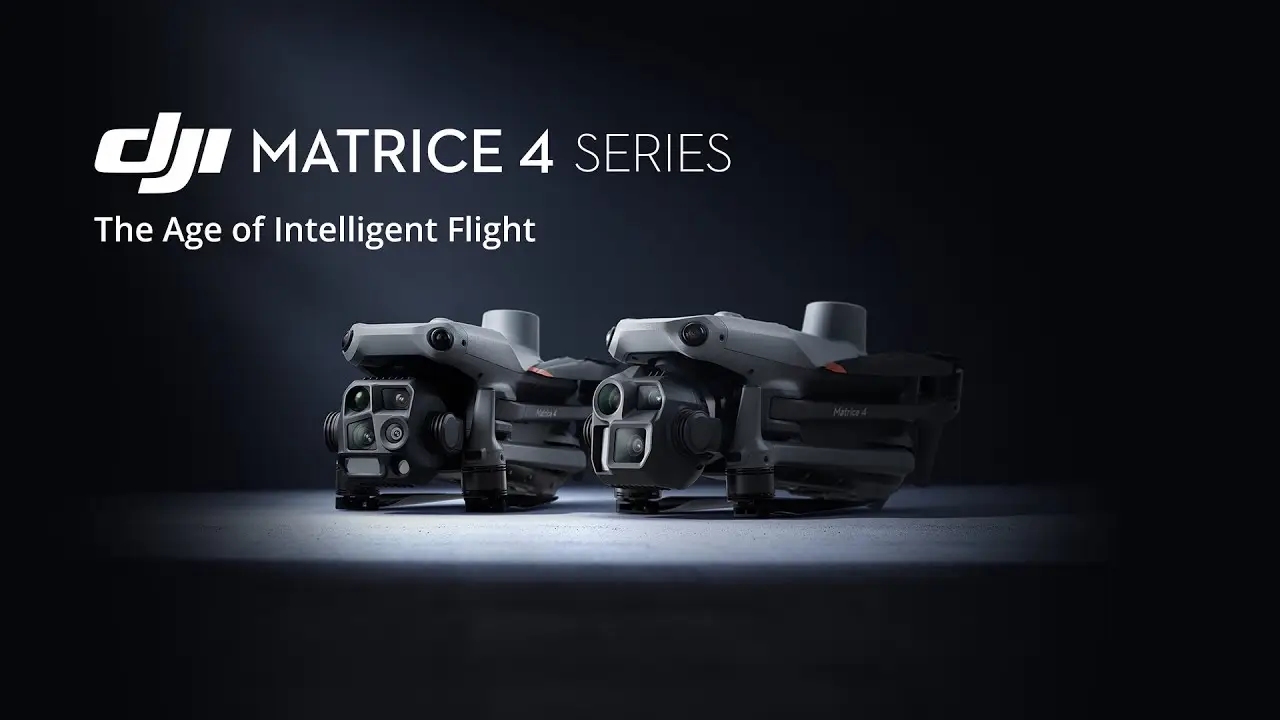Drone Asset Inspection in UAE
Increasing infrastructure in the UAE, coupled with a national appetite to lead innovative and technology driven international relations has increased demand for detailed inspections of assets. However, despite their useful inspection capabilities, they also have a set of difficulties that come with them such as high costs and safety risks due to time limitations. In that light, drone technology provides a game changer for asset inspections faster and safer evaluations of critical infrastructure on multiple levels.
Why Drone Inspections Are Needed
Asset inspections are necessary for the proper functioning and safety of infrastructure (typically in industries like oil & gas, construction, energy or transportation); Yet the hands-on approach to conducting inspections (primarily in manual surveys) with walk-through and swing staging/ scaffolding or helicopter commands several downsides:
- Safety: Workers have to access tall structures, such as transmission towers or oil rigs, can pose potential dangers when trying to climb them. The use of drones reduces these risks as they enable operators to perform inspections from a safe distance.
- Cost Efficiency: Traditional inspection methods usually require significant resources i.e., manpower, equipment and time. Leveraging devices like the DJI Matrice 30T or DJI Mavic 3 Thermal enables drones to perform these inspections quicker and more efficiently, saving clients excess labor and equipment costs.
- Time Constraints: Inspections of any kind are time-intensive, especially when they need done on large and/or hard-to-reach assets. These drones can be used very efficiently to cover areas quickly and produce real-time data, decreasing the amount of time needed for inspections.
- Data Accuracy: Maybe older ways were not the most accurate way of analyzing yield. Drones with enhanced sensors like thermal cameras, LiDAR which includes DJI Matrice 350 RTK with Zenmuse L2 or DJI Matrice 350 RTK with Zenmuse P1 or Phase one IXM120 allows for high-definition data to be collected and then further broken down into performant analysis & predictive maintenance.
- Environmental Impact: Some inspection methods such as helicopter surveys come with a high environmental footprint. Naturally drones require less fuel and have a lesser ecological impact than other forms of order fulfilment due to their smaller size.
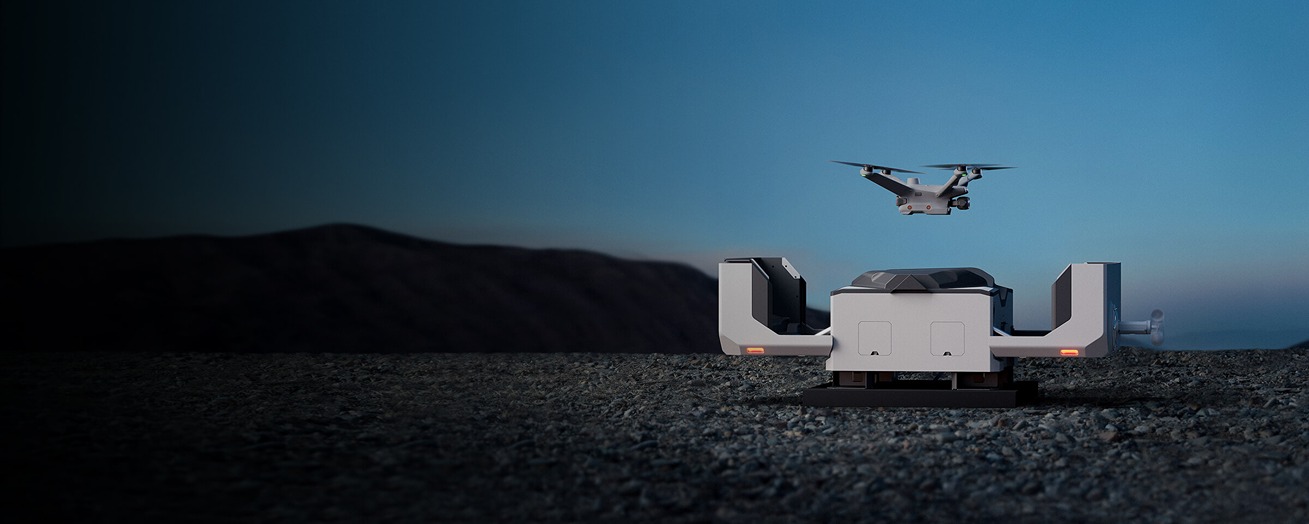
Challenges faced without Drone Inspections:
Without this state-of-the-art drone technology in asset inspections, a country as fast-growing as UAE can face several challenges:
- High Risk: Without drones the inspections must be made manually and then workers will be exposed to higher risks, especially in hazardous environments. This can be dangerous and cause accidents leading to delays, damage costs etc.
- Costly: Since traditional methods are labor intensive and require a lot of equipment, it is pricey. These costs can add up quickly, especially on a large-scale inspection where drones offer more efficiency.
- Handwashing Data: Visual inspections do not provide as much data for analysis and, therefore hand hygiene compliance rates may be less accurate or comprehensive. That may cause to overlook errors which rise the maintenance cost in future.
- Increase in Downtime: Traditional inspections, for example require increased downtime of assets rather than taking more time. This is a big drawback in sectors like energy and transportation where downtime comes with a cost.
- Environment: Traditional inspection methods are less environmentally friendly, for example helicopter surveys. That will be particularly true for a region like the UAE smitten on respecting its environmental responsibility and scaling back aviation options without drones makes it very difficult to satisfy those targets.
- Accessing Remote Areas is Hard: The UAE has a varied landscape that includes many remote and difficult to access areas. The places where the drones can fly are not autonomous and it would be challenging to inspect the assets in these locations without them taking a long time, which could result in an incomplete inspection with risks.
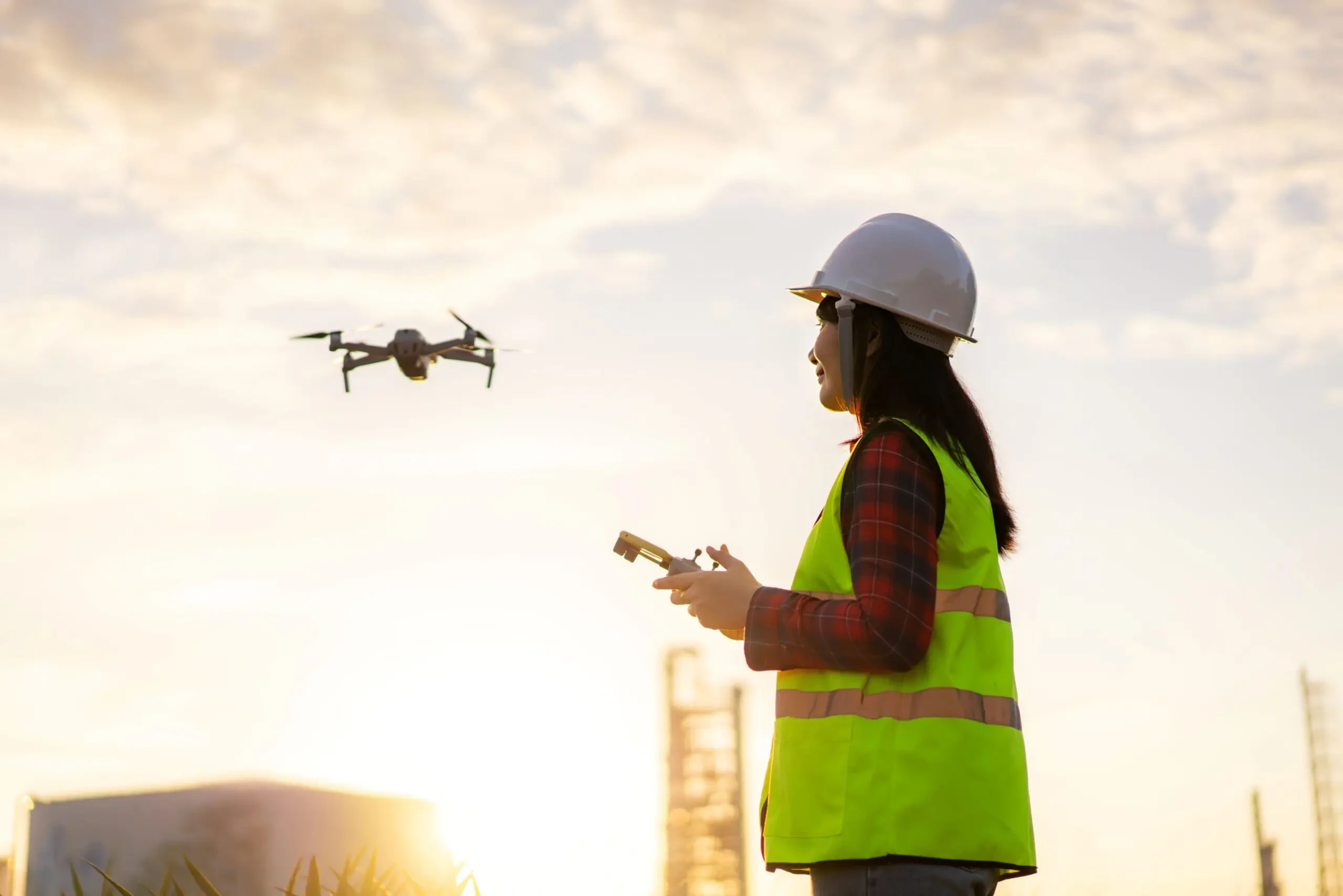
The Advantages Of Asset Inspections with Drones:
Drones enter asset inspection workflows and deliver a range of advantages, which is especially ideal for the diverse & tough environments in UAE:
- Safer: Drones save inspectors from having to be on site in dangerous or difficult-to-reach places. This is vital, especially in an industry such as oil and gas with more hazardous inspection environments.
- Cost Efficiency: Drones such as the DJI Matrice 30 Series, combined with software like DJI FlightHub 2 make predetermined inspection runaways automatic and can raise the number of inspections held burdened on routine. In turn allowing for improved asset tracking and upkeep.
- Collect different environmental data with drones: you can put sensors like high-resolution cameras, even thermal imaging and LiDAR on board. This makes it possible to acquire all data, no matter what form they have and analyze them in order to estimate the condition of the operator’s assets during their operation cycle as well as recognize any anomalies before they grow into critical ones.
- Cost Reduction: Drones eliminate the necessity for large workforces and costly machinery. If you are processing automated remote inspections, the requirements of operational costs and on-site personnel will be minimal. For instance, DJI Dock 2 with Matrice 3TD it would carry out wider range patrols as it has a 10Km flying radius and can be automated for daily tasks or bi-weekly tasks in a highly efficient way.
- Real-time Monitoring and Reporting: Drones are capable of providing information in real time, which allows for immediate analysis so the appropriate decisions can be made. For sectors that rely on immediate and pertinent information—such as construction or energy—it works like a question-and-answer session, helping frontline workers keep up with what's needed to stay safe and get the job done.
- Low impact: Drones can be used in areas where it is difficult if not impossible to safely access with traditional methods, and this means that businesses do not need to shut down operations just so an inspection can take place. That is especially useful in areas like transportation where downtime should be kept at the minimum.
Drone Usage In Asset Inspection:
The capabilities of drones check some boxes to the following challenges associated with traditional methods that asset inspections undergo:
- Drone Inspection Automation: Drones, such as the DJI Matrice 350 RTK can be programmed to follow a predetermined path set up by an operator and collect data along these paths at different intervals for automated inspections. It retains consistency and allows you to compare data in time with less hassle
- High-Resolution Image Acquisition: With the capability of having cameras like Zenmuse H30 Series attached to DJI Matrice 350 RTK, aerial drone inspections capture good quality data and images such that asset inspection would be done in more detail. It also comes with thermal imaging where you can see things which might not be visible right away, such as heat leaks or faulty electrical connections.
- Remote Monitoring- DJI Dock 2 makes it the perfect solution for remote drone operations. If human surveillance forces you to take risk then these are more reliable facilities that provide inspection in dangerous locations and from a safe distance. This is extremely beneficial for industries such as oil and gas, where many assets are situated in remote locations.
- Live Data Transmission: Software like DJI FlightHub 2 lets drones transmit data that can be sent for immediate analysis and decision making. It has to have where it is applicable — industries in which up-to-the-second information keeps people safe and systems efficient.
- Scalability: Drones can inspect anything from small facilities to some of the largest infrastructures. Given that the UAE will require monitoring of both urban and remote locations, use such as this contributes well to scalability.
- Development with Other Technologies: Drones can develop along the lines of other technologies such as AI, machine learning etc. to provide better insights and dashboards for predictive maintenance. Which makes the assessments more accurate and allows to prevent issues before they appear.
Use Cases and Applications in UAE:
Many industries in the UAE have started reaping benefits of drone use for asset inspections.
- Oil & Gas: The UAE's oil and gas sector, which is one of the largest globally has seen prospects for drones in inspecting pipelines, rigs, storage facilities. These assets are monitored using drones such as the DJI Matrice 350 RTK along with Sniffer 4D(Gas Detector) and Zenmuse H30 Payload camera to provide real-time data like and minimize manual inspections.
- Construction: The construction industry in UAE is growing rapidly with many skyscrapers and several mega infrastructure projects lined up. They send a drone out to inspect these sites for them to be up-to-code and completed on time.
- Energy: The UAE uses drones to detect the state of electricity networks, wind turbines and solar fields. Drones with thermal cameras can detect the threat of overheating or loose connections, before a power cut and keep energy flowing smoothly.
- Transportation: With the vast transportation network in-the UAE, roads and Bridges are often inspected to guarantee safety plus reliability. These assets are monitored by drones which give us detailed data about the conditions of these pipelines and mains, obviating on site manual inspection.
- Telecommunications: Drones are already being used by telecommunications companies in the UAE to inspect cell towers and other infrastructure, particularly with 5G networks rapidly expanding. Finally, drones like the DJI Matrice 350 RTK with Zenmuse H30T payload can quickly and accurately inspect so backups are taken before possible network failures rise while both aerial inspections keep up on demand high-speed internet.
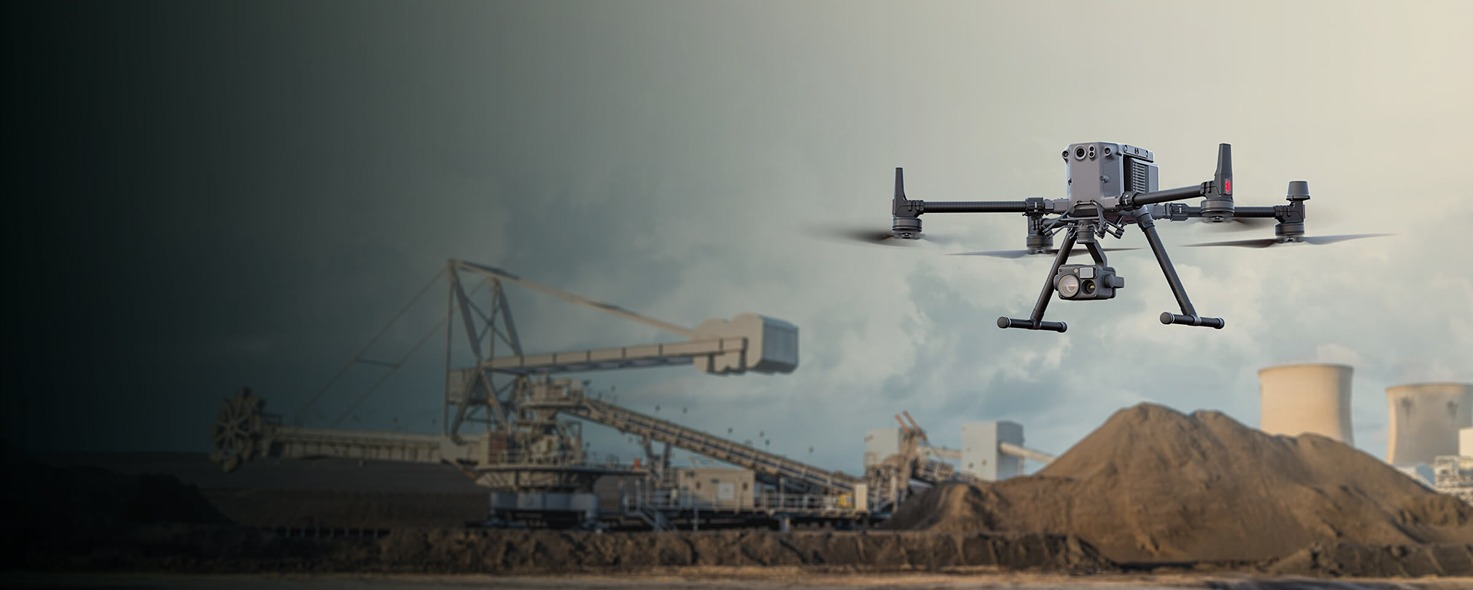
Conclusion:
In the UAE, drone asset inspections are one of the most revolutionary discoveries in this country as they help support maintenance and management for vital infrastructure. Drones are changing the way in which industries perceive asset management, thanks to various benefits like enhanced safety, improved efficiency and a complete dataset. Drones are the necessary tools for responding to UAE's expanding infrastructure needs which effectively deal with traditional inspection methods challenges such as high costs, safety risks and time limitations.
A choice of DJI products, such as the Matrice 350 RTK with Zenmuse H30T, Zenmuse L2, Zenmuse P1and with software’s like FlightHub 2 or Flytbase, is not coincidental and simply hints at the future without need to even mention that it all points towards how important adopting modern technology is in asset inspections. The UAE will continue to grow and drones are poised to make the nation's infrastructure increasingly secure, leading edge safe and reliable. Hence one should buy from the Official Dealer of DJI Enterprise Drones and Accessories in the UAE which is Aero Smart UAV Trading LLC.
DJI Dock 2
